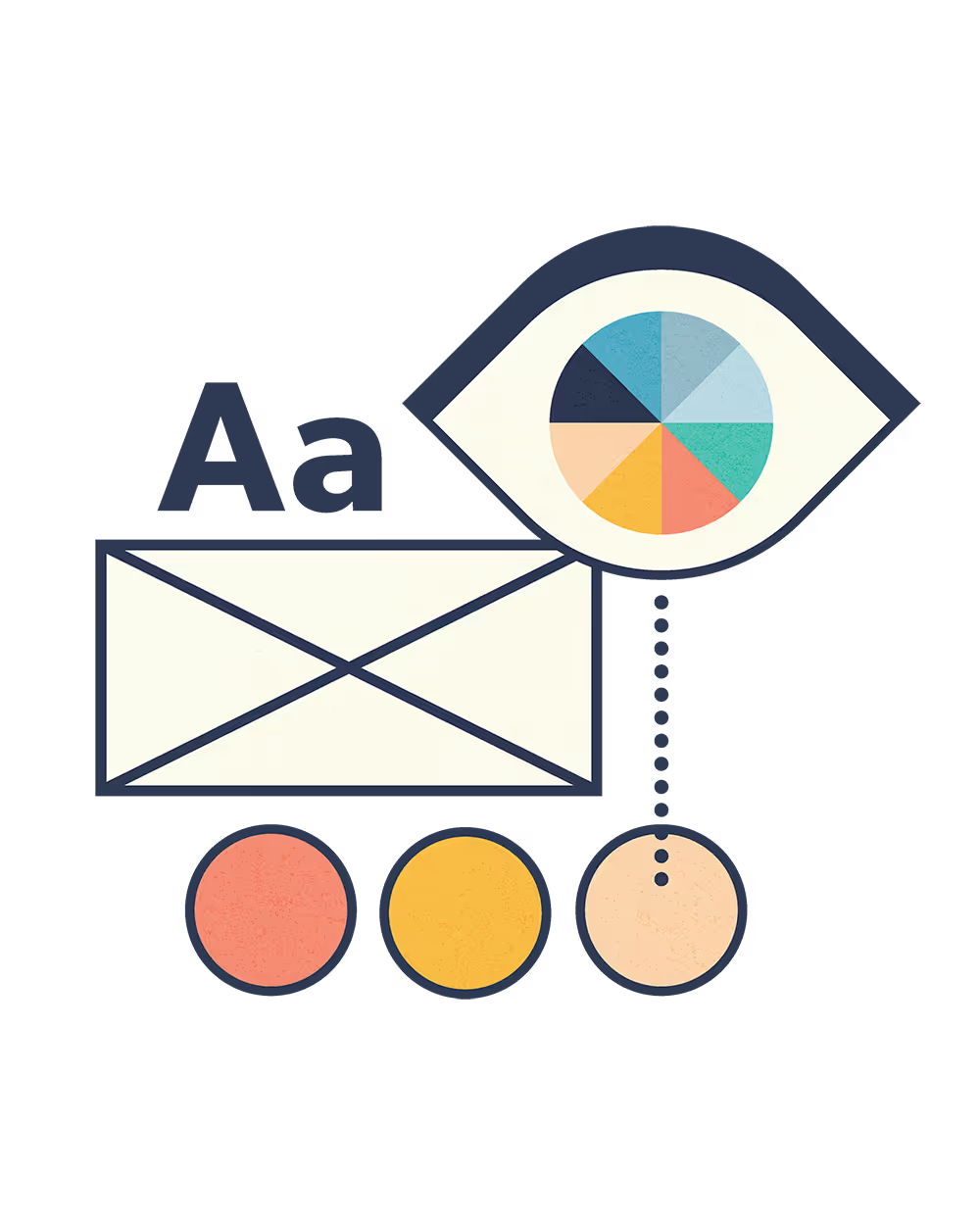Most small business owners burn out on content creation because they try to create something new every single day. Your brain has to switch between creative thinking and business operations constantly, which is exhausting and inefficient. Batching fixes this by dedicating focused time to content creation.
Plan your content themes before you start creating. Instead of asking "what should I post today?" every morning, organize your content around monthly themes or weekly topics. If you're a wedding photographer, your themes might be "engagement tips" one week, "wedding day timeline" the next, and "vendor spotlights" the following week.
Set up your workspace completely before you start creating. Open all the tools you'll need, gather your brand assets, prepare your templates, and eliminate distractions. Starting and stopping to find resources kills your creative flow and wastes time.
Create content in focused batches by type. Write all your captions in one session, then create all your graphics in another. This keeps you in the same creative headspace instead of constantly switching between writing and design mode. Your content will be more consistent because you're thinking about it holistically.
Use templates and brand guidelines to maintain consistency. When you're creating multiple pieces at once, it's easy to drift from your brand voice or visual style. Templates keep you on track and speed up the creation process.
Review everything before scheduling. When you're in batching mode, it's tempting to rush through content to get it done. Build in review time to ensure quality and catch any errors. It's easier to fix issues when everything is fresh in your mind.
Schedule everything in advance using automation tools. The whole point of batching is to front-load your work so you can focus on other business priorities. Queue up your content weeks in advance and let automation handle the posting.
Plan for variety within your batches. Even though you're creating in bulk, each piece should feel fresh and valuable. Mix up your content formats, angles, and calls-to-action to keep your audience engaged. Build in buffer content for unexpected opportunities. Create some evergreen content that can be posted anytime, so you have flexibility when timely opportunities arise.



